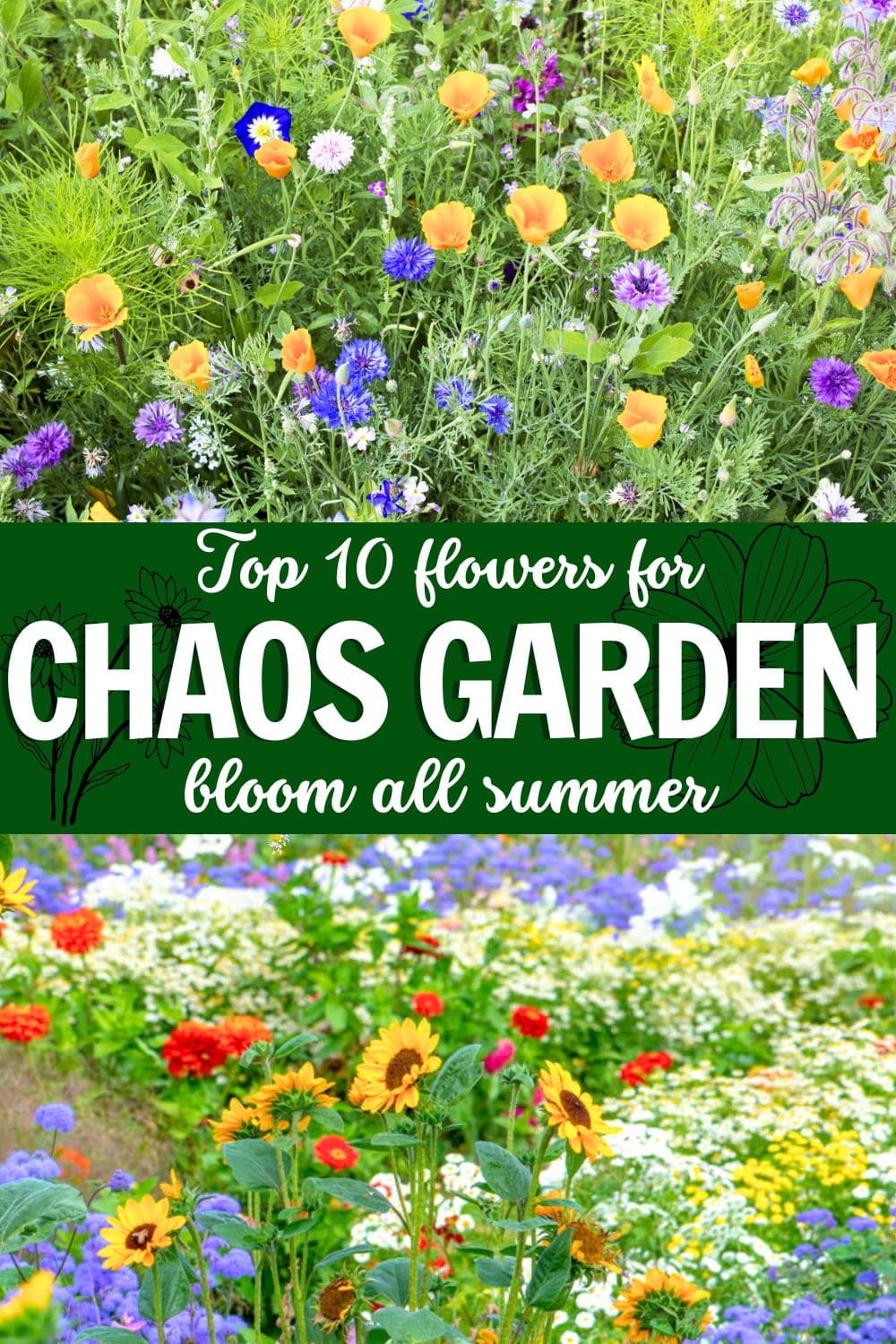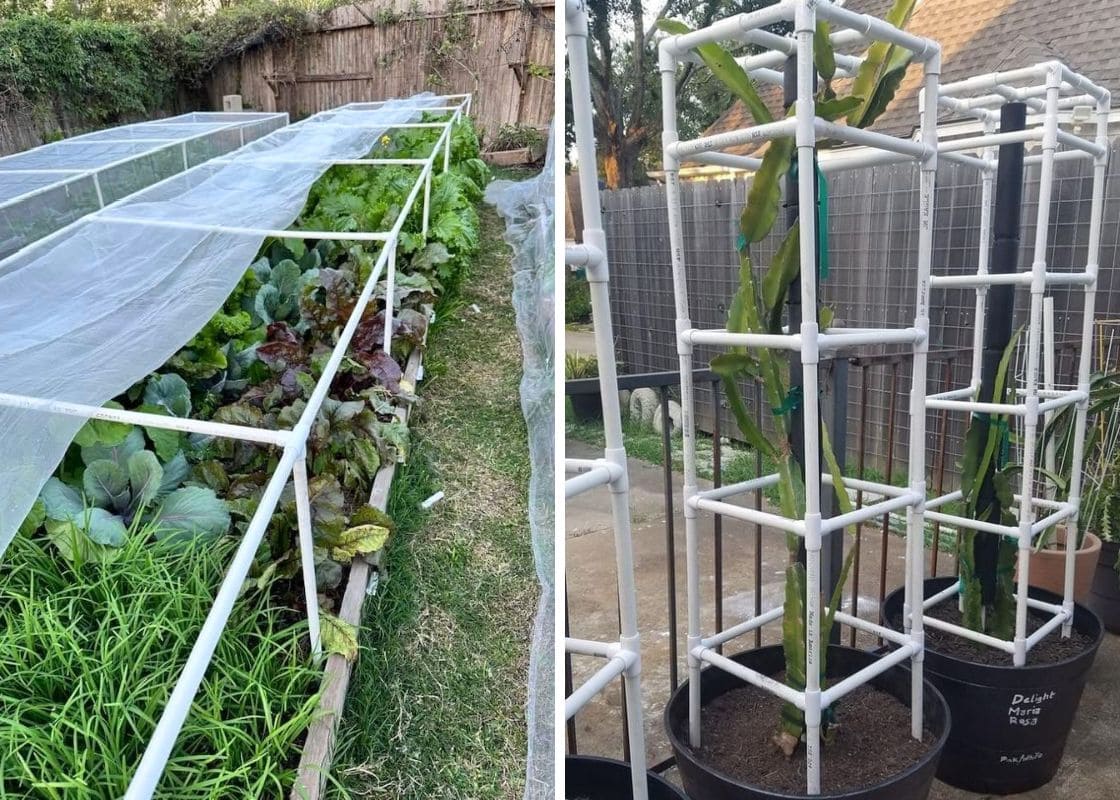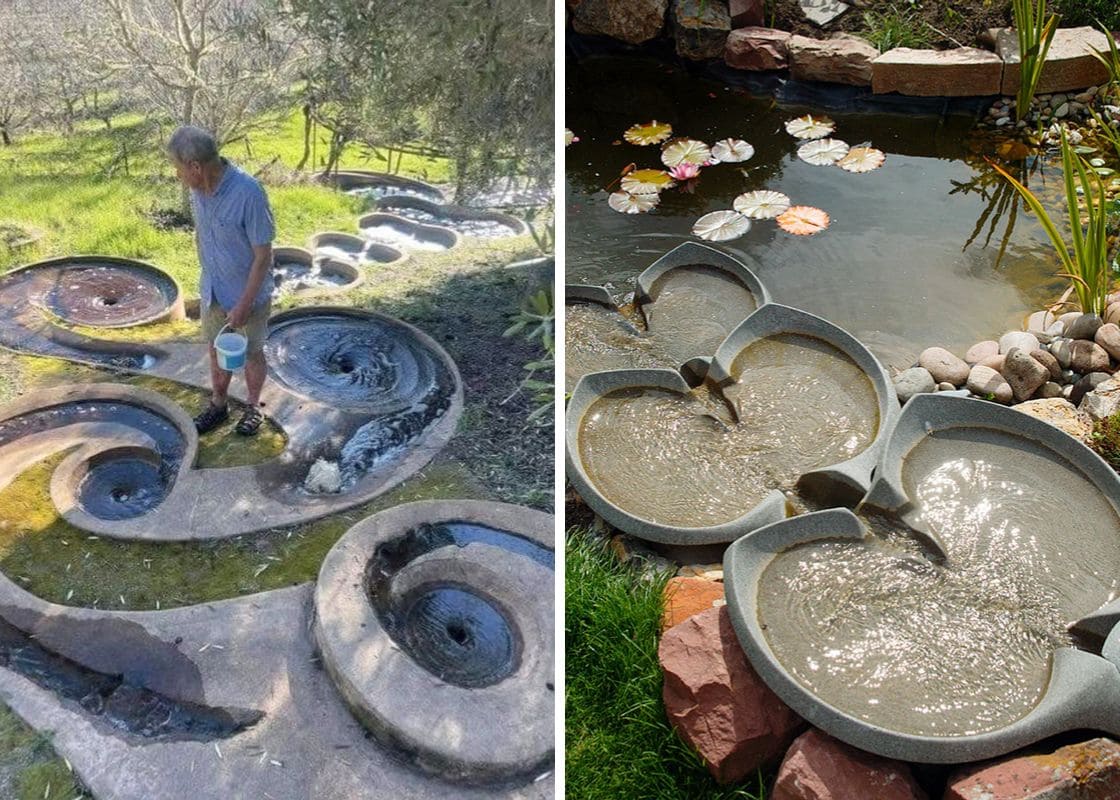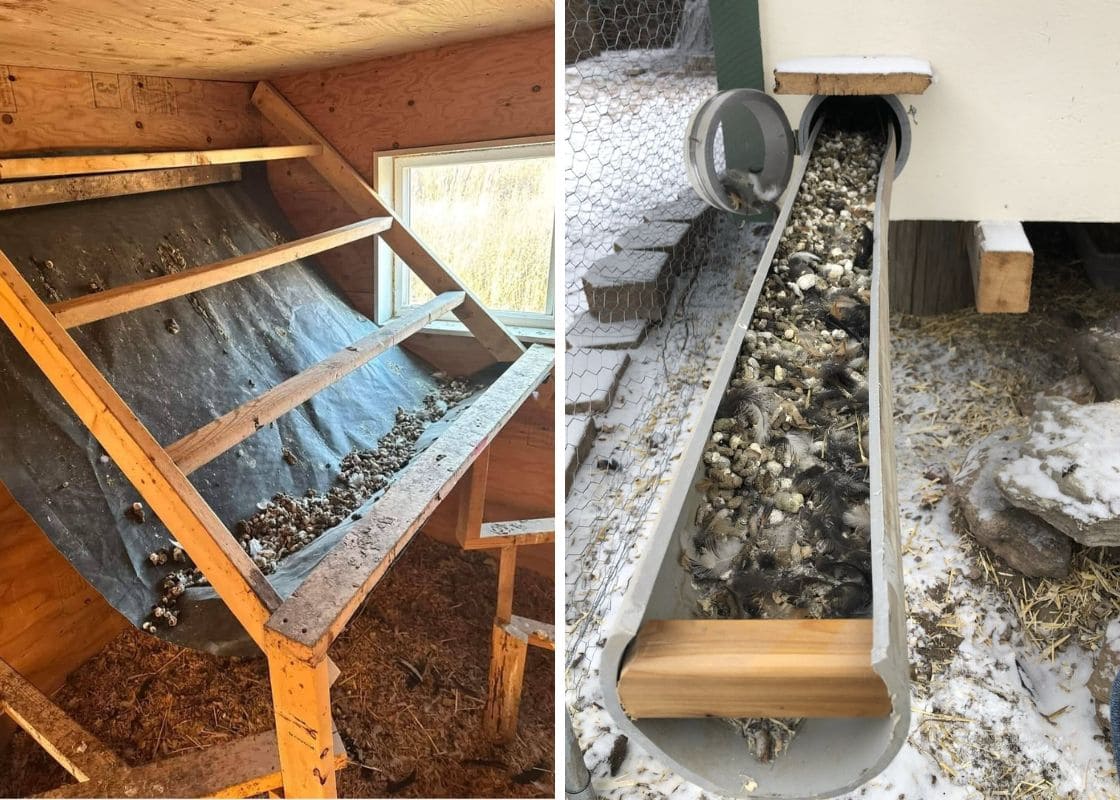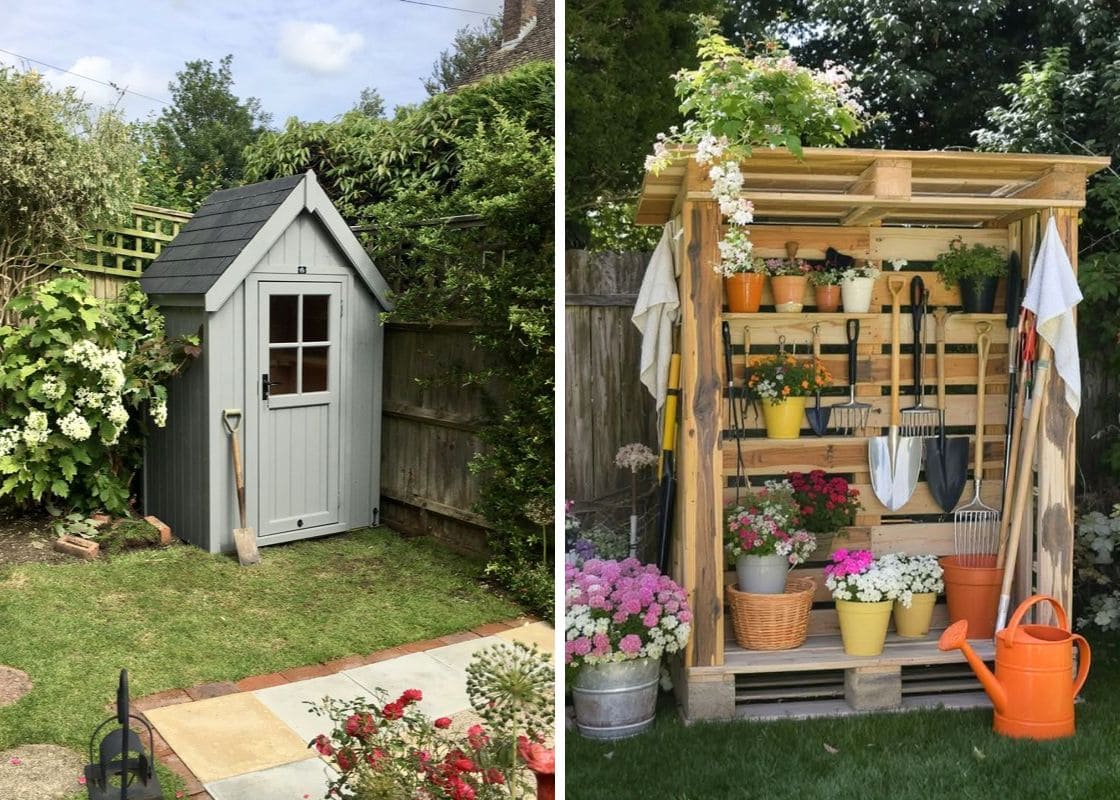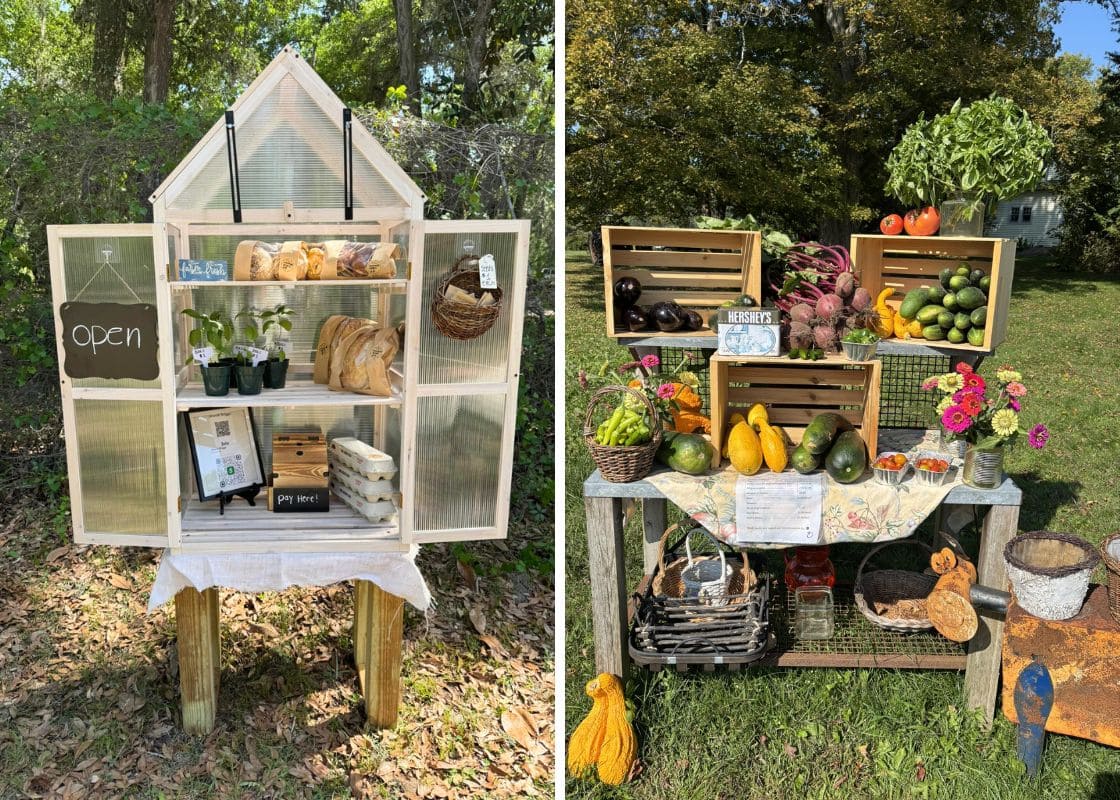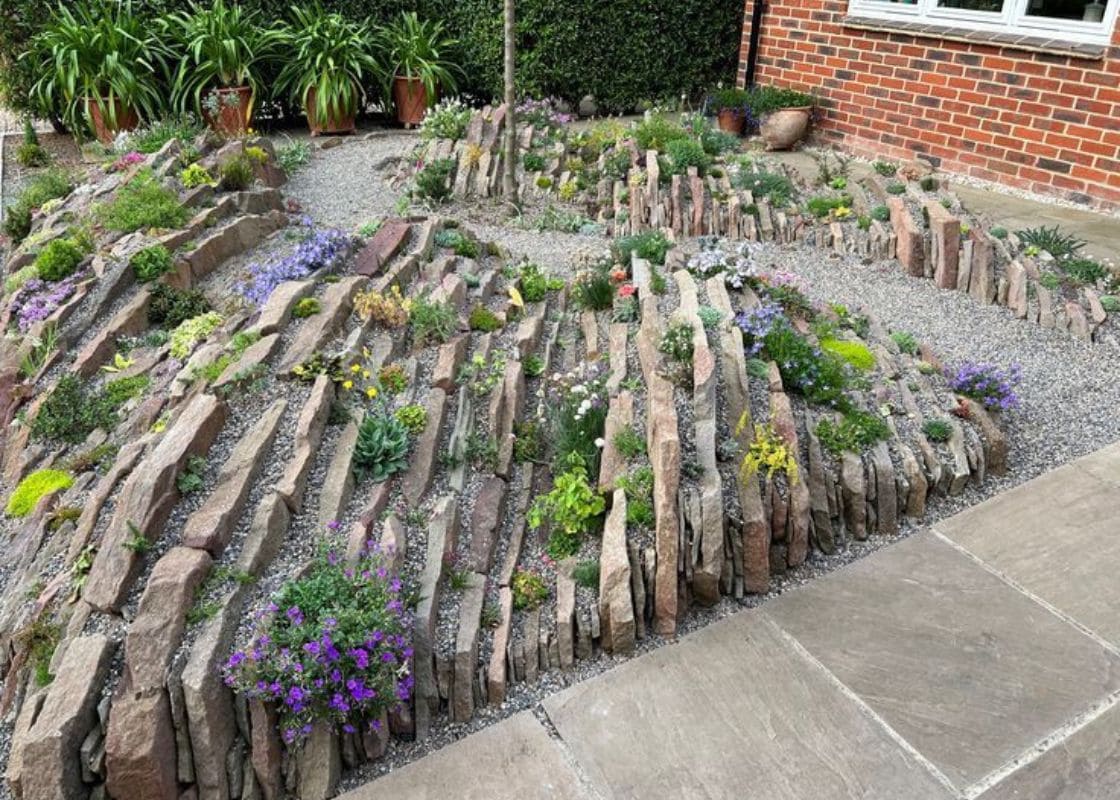Chaos gardens are the rule-breakers of the garden world as it’s carefree, wild, and wonderfully unpredictable.
You simply scatter seeds, step back, and let nature handle the rest. But for this whimsical approach to truly thrive, you need flowers that can handle the heat, pop up effortlessly, and bloom for months.
The ones listed here do all of that and more. Each one brings texture, movement, and long-lasting color to your garden, plus pollinators love them.
1. Zinnia (Zinnia elegans)
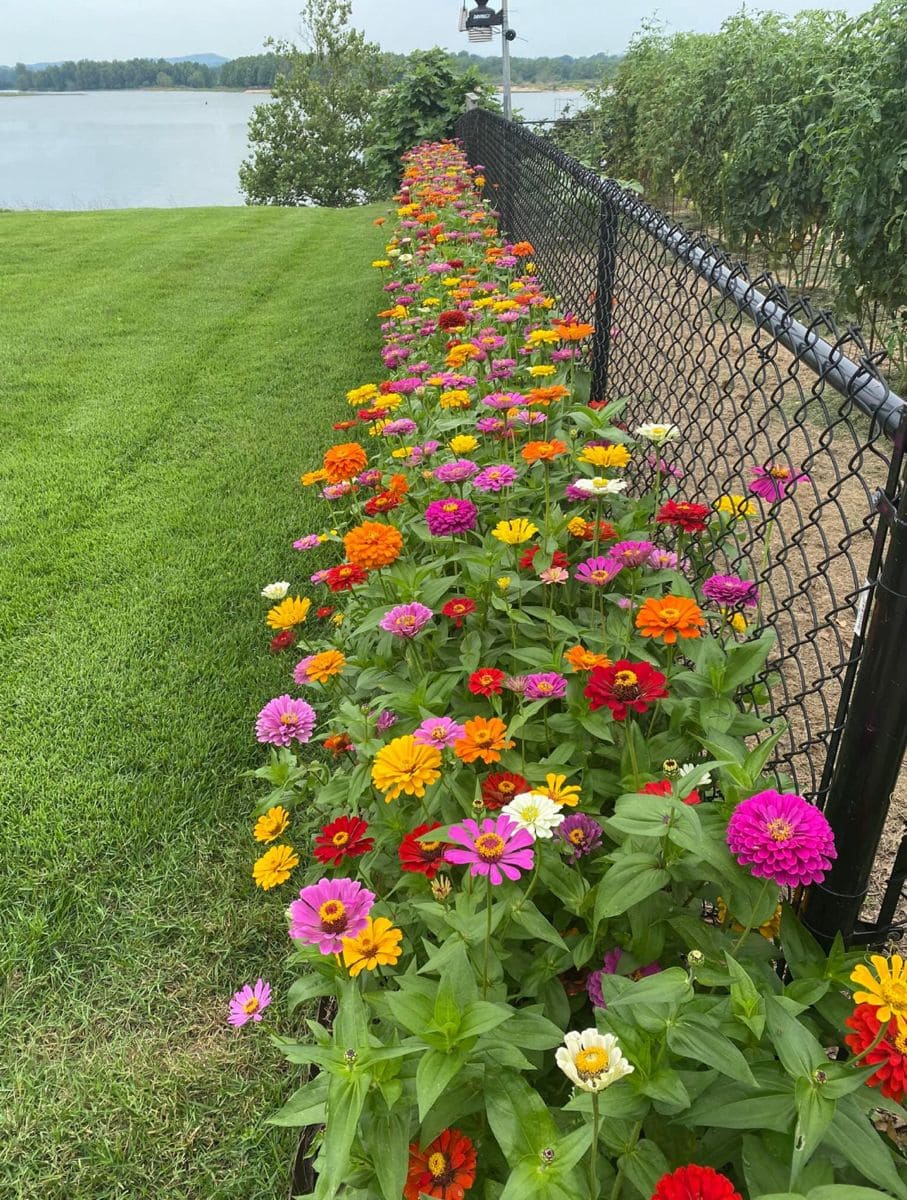
Zinnias are like confetti come to life, bold, bright, and completely unbothered by heat or drought. From thumb-sized blooms to oversized Benary Giants, they cover the color spectrum and keep flowering until frost if you deadhead them.
They’re the perfect beginner-friendly bloom but still beloved by seasoned gardeners because of their unbeatable stamina.
Spacing zinnias even loosely helps reduce mildew, a common issue in humid climates. Also, bees prefer single-flowered types (those with fewer petals), while butterflies favor large doubles.
If you want even more color next season, let the last flush of blooms go to seed and collect the papery heads once dry. Nature will do the rest.
2. Cosmos (Cosmos bipinnatus)
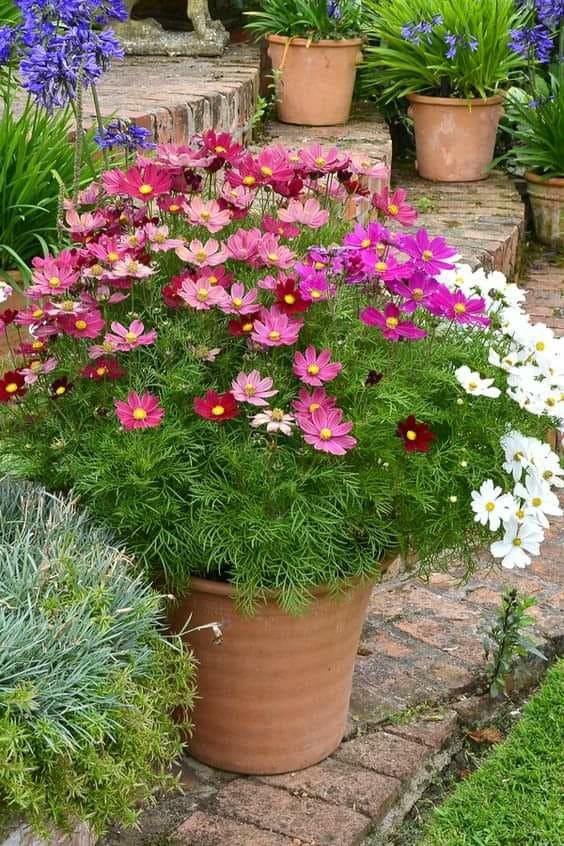
Cosmos bring softness to any chaos garden with their fern-like leaves and graceful, daisy-like blooms in pink, white, and lavender.
They thrive in poor, even rocky soil, and bloom better when neglected. Their long, wiry stems sway gently in the breeze, creating a moving canvas that changes from morning to dusk.
Though they look delicate, they’re surprisingly drought-tolerant and deer-resistant.
Moreover, cosmos actually bloom more prolifically in soil that hasn’t been amended. If you overfeed them, you’ll get a lot of leaves but very few flowers.
Also, cutting cosmos back by one-third in mid-July encourages a second wind of blooms. This trick keeps your chaos garden lively well into autumn.
And don’t worry if they sprawl as they’ll happily intermingle with neighboring plants, creating a dreamy, layered look.
3. Calendula (Calendula officinalis)
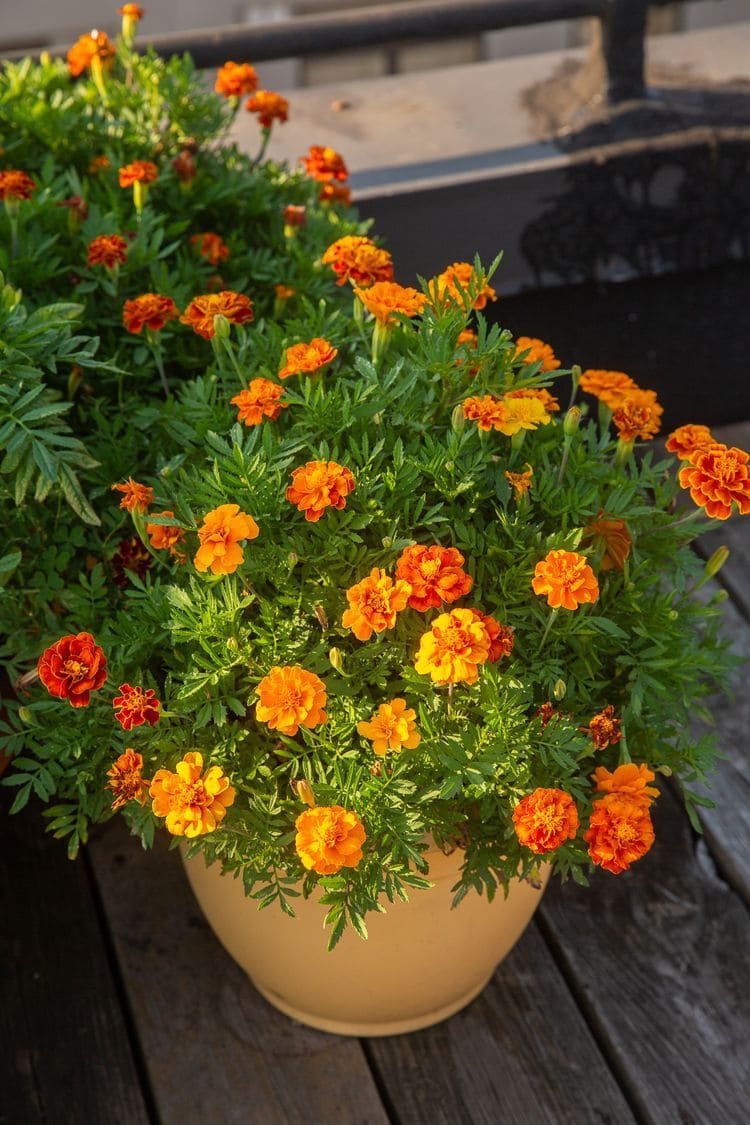
Calendula is often overlooked in summer gardens because it’s labeled a cool-season flower but chaos gardeners know better.
When sown early, it will bloom right through summer if you keep it trimmed. The golden-orange petals not only glow in the sun but are edible and medicinal too.
Plus, calendula is phototropic, meaning its blooms follow the sun throughout the day, like tiny solar panels. This quality adds to the garden’s dynamic feel.
If you’re dealing with aphids, calendula also acts as a trap crop, luring pests away from more sensitive plants like beans or tomatoes.
Let a few seed heads dry on the stem, and you’ll have a healthy self-sown patch by next spring. It’s one of the most giving flowers you can grow.
4. Black-Eyed Susan (Rudbeckia hirta)
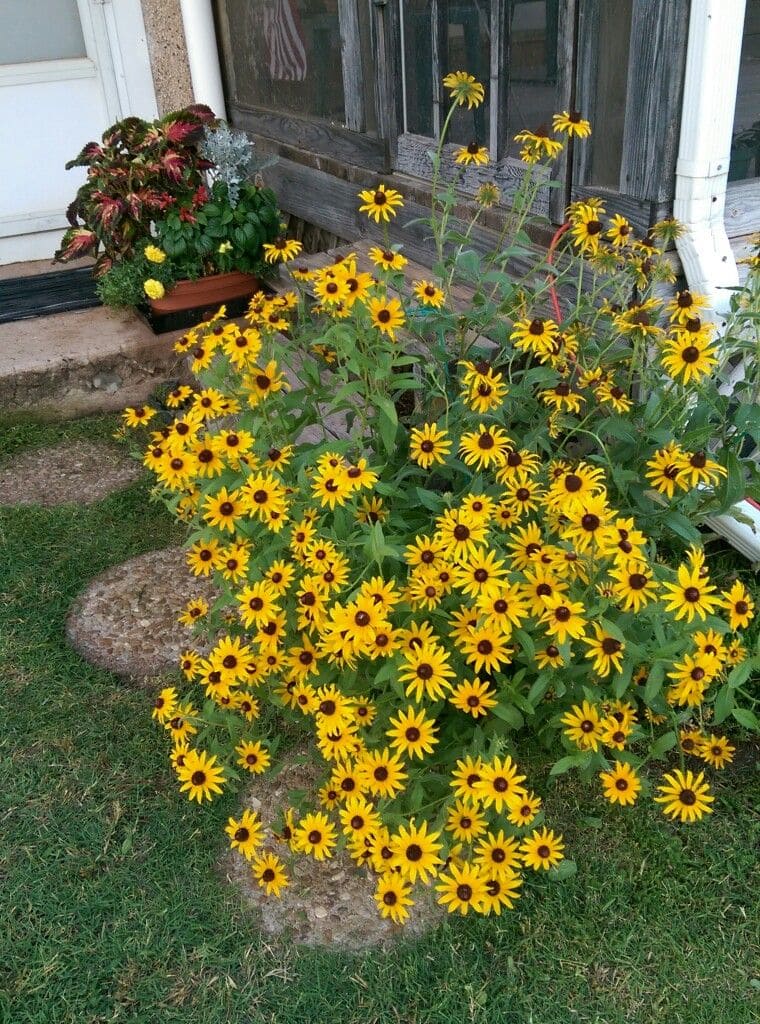
Black-eyed Susans bring a steady rhythm to chaos gardens with their golden petals and rich brown centers.
These native wildflowers bloom non-stop from midsummer through fall, offering not just color but structure. They’re drought-tolerant, deer-resistant, and tough enough to thrive in poor or compacted soil.
Specially, black-eyed susans release a mild allelopathic effect to discourage weed seeds from germinating nearby.
As they mature, their roots help aerate soil naturally. If you leave the seed heads up in fall, finches will come feast.
5. Blanket Flower (Gaillardia pulchella)
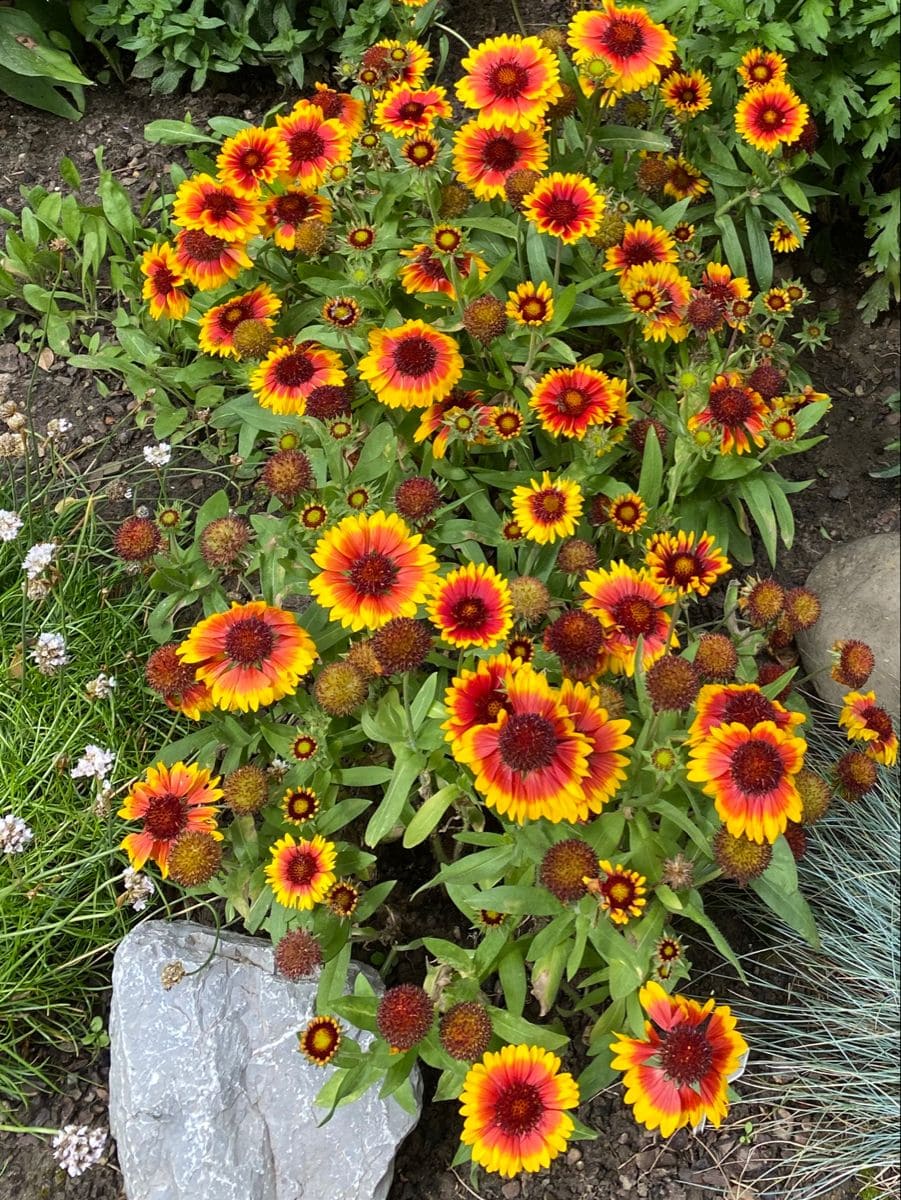
Blanket flowers deliver hot, saturated tones that echo through your chaos garden like a sunset stuck on repeat.
These natives of the American Southwest are heat-loving, bloom-heavy, and impressively tolerant of dry, sandy, or even gravelly soils.
They bloom fast, usually within 10 weeks from seed, and can flower for over 100 days without breaking stride.
Additionally, their taproot grows surprisingly deep, which helps them endure heat waves without wilting. If you mulch too heavily, you risk rot, so skip the thick coverings.
Also, the seed heads are globe-shaped and unusually lightweight, making them excellent for tossing around at the end of summer to encourage reseeding.
6. Bachelor’s Buttons (Centaurea cyanus)
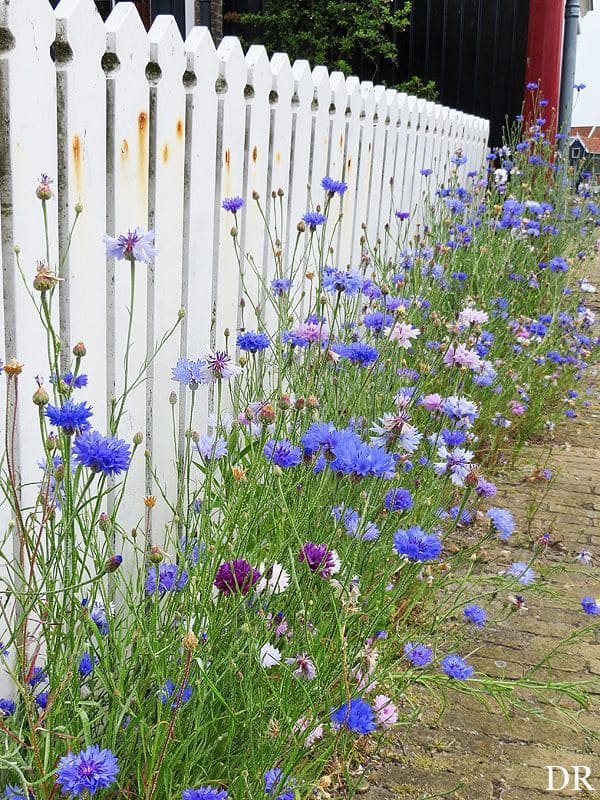
Bachelor’s buttons bloom in cool tones of sky blue, deep purple, and soft pink. These old-fashioned favorites thrive with little water and bloom in just six to eight weeks from seed.
Though commonly grown as annuals, they self-sow so generously that they return like perennials in chaos plots.
Plus, achelor’s buttons are frost-hardy, so if you sow them in fall or very early spring, you’ll get an even earlier bloom window.
They also contain natural compounds that repel ants and aphids, making them beneficial companions near edible beds.
If you’re a cut flower enthusiast, pick them in early morning while the petals are still cool, they last longer in water this way.
7. Nigella (Nigella damascena)
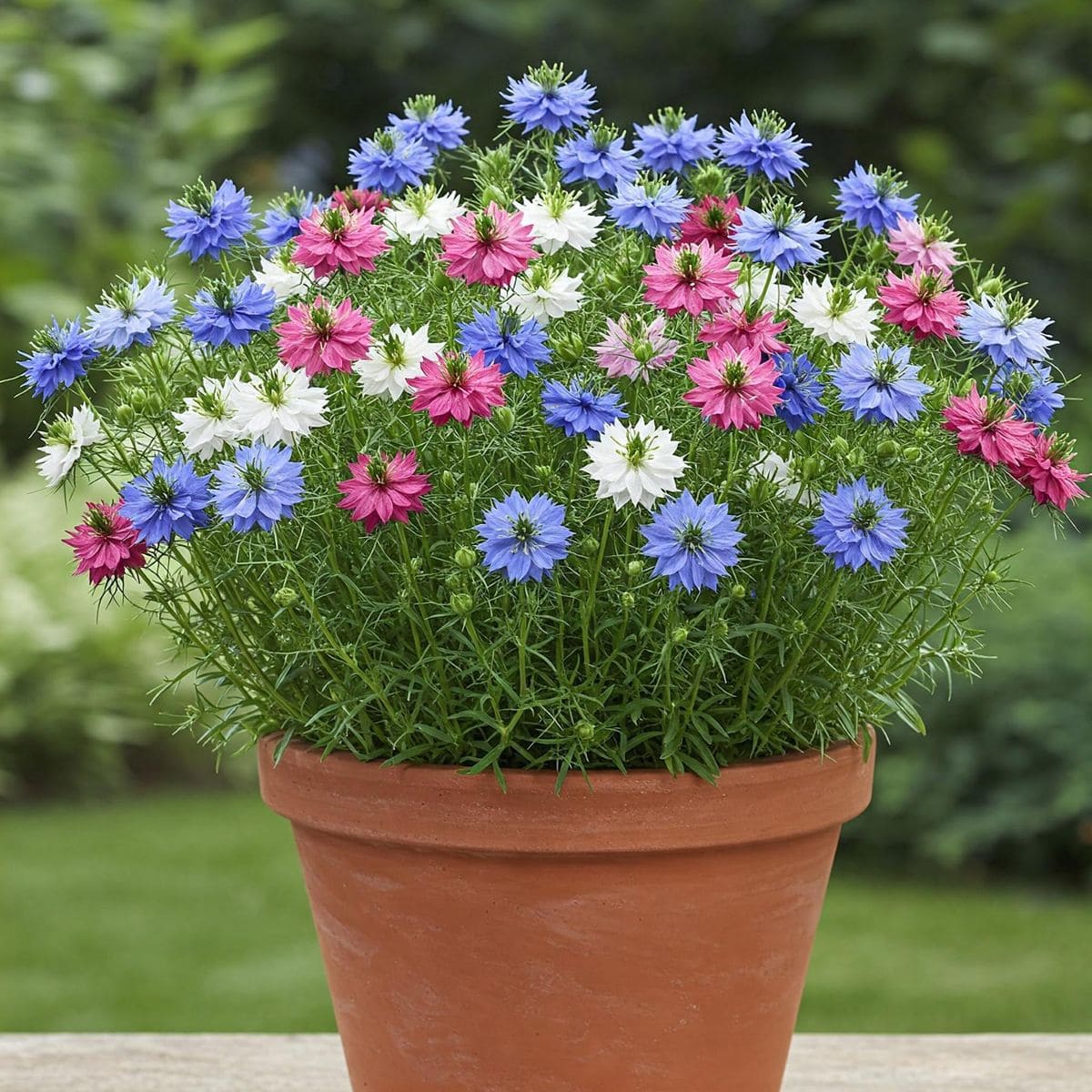
Nigella, known charmingly as Love-in-a-Mist, is a delicate wonder in a wild garden. Its starry blue, white, or mauve flowers float atop airy, fennel-like foliage that softens everything around it.
After blooming, it transforms into balloon-like seed pods that look like tiny lanterns. Though early blooming, nigella will keep popping up throughout summer if you allow it to reseed freely.
Here’s the twist, those seed pods aren’t just pretty, they’re also clever natural seed dispersers. As they dry, the pods split and scatter seeds without help.
Most gardeners overlook this cycle, but if you cut some pods just before they split and place them in a dry paper bag, you’ll have a stash ready to sow in empty pockets next season.
8. Cleome (Cleome hassleriana)
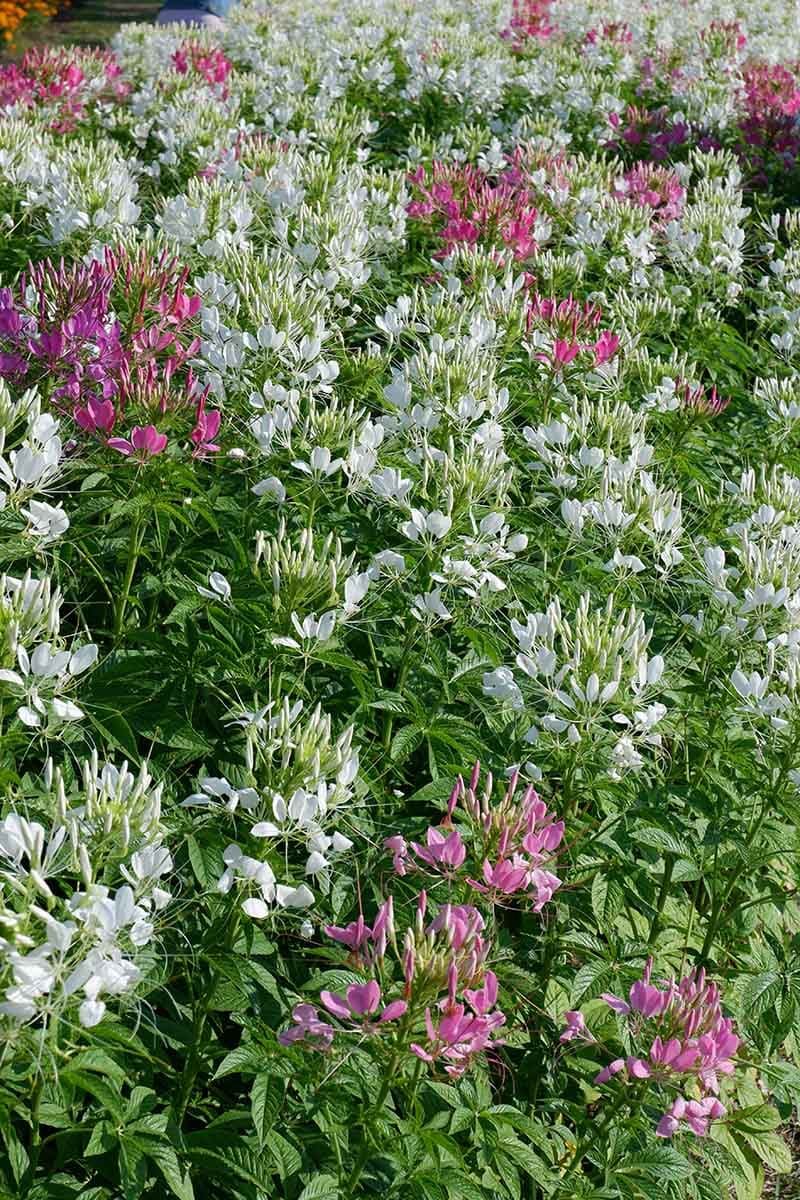
Cleome owns firework-shaped blooms that burst from tall stems in pink, lavender, or white. These towering beauties can reach up to six feet tall, anchoring the layout while lending vertical drama.
They handle heat, humidity, and dry spells without fuss, and they bloom continuously once established. Some gardeners avoid them due to their sticky stems, but butterflies don’t seem to mind one bit.
Also, cleome seeds need light to germinate. If you’re direct sowing, don’t bury them, just scatter and press gently into the soil surface.
Their taproots help improve compact soil over time, and they deter deer with their slightly musky scent.
9. Coreopsis (Coreopsis tinctoria)
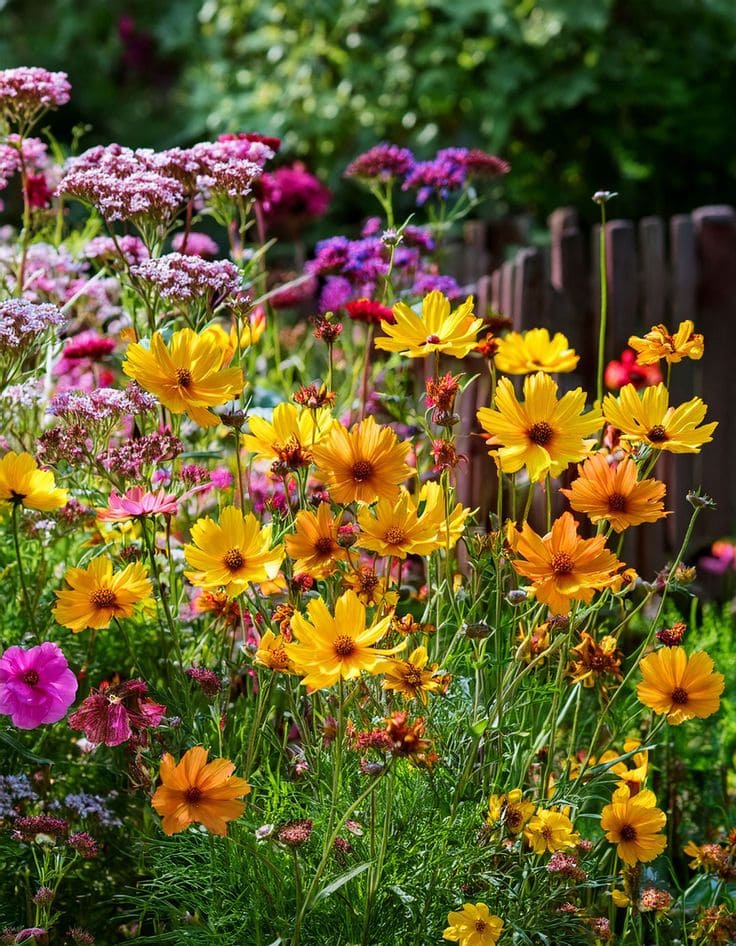
Coreopsis lights up a garden like confetti under sunbeams. Its dainty yellow petals, often with maroon or red centers, look like they’ve been hand-dipped in paint.
These airy plants sway on thin stems and seem to shimmer in mass plantings. They germinate fast, bloom heavily, and reseed with abandon.
Coreopsis flowers often close slightly at night and reawaken with the sun, adding a rhythm to your morning walk through the garden.
Also, while they bloom happily in poor soil, a little thinning goes a long way. Too much crowding can lead to floppy stems, so pull a few and toss the seeds elsewhere to balance the scene.
10. Verbena (Verbena rigida)
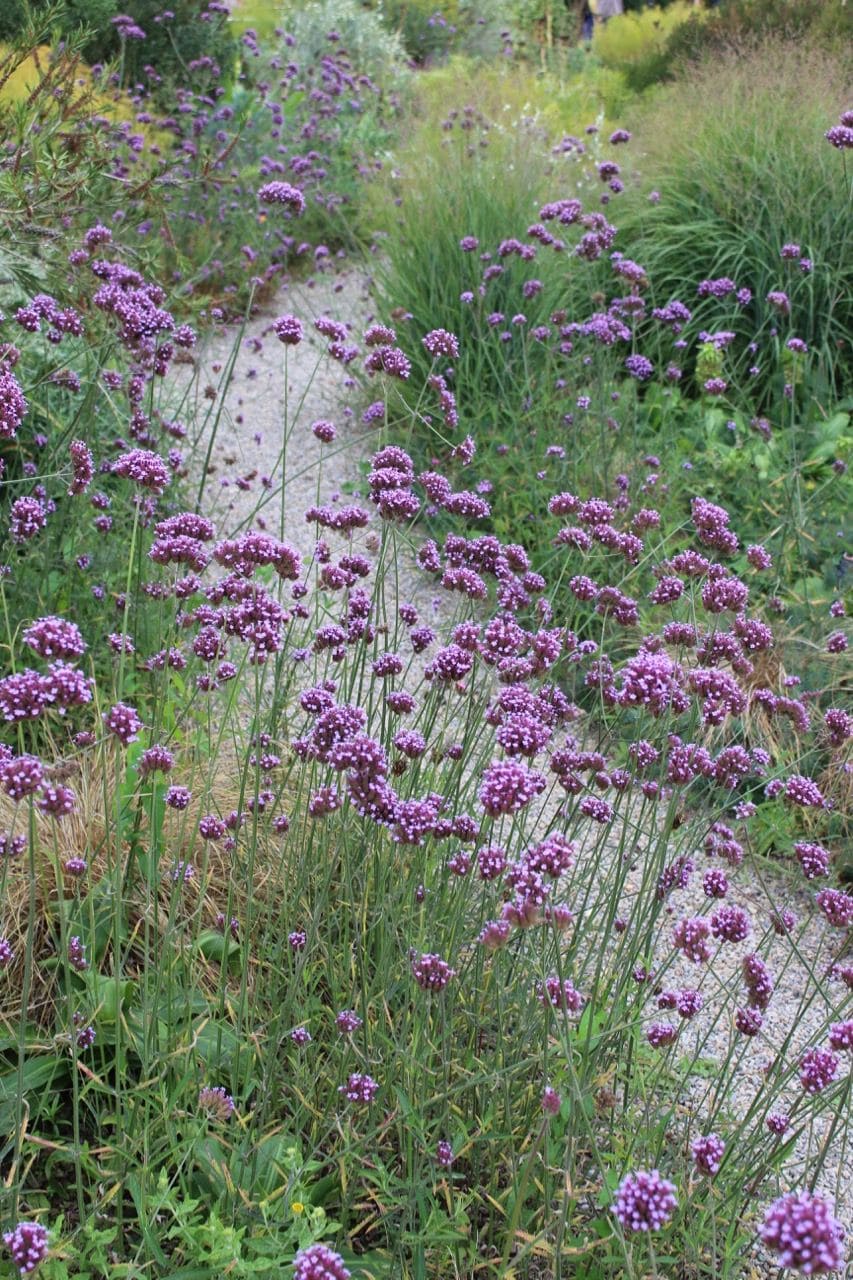
Verbena may not shout for attention, but it quietly weaves magic through the chaos.
Its low-growing habit and violet-purple blooms fill in gaps and sprawl gracefully across dry soil, gravel paths, or sun-scorched beds. It’s incredibly drought-tolerant, blooms all summer, and draws bees and butterflies like a magnet.
What makes it special in a chaos garden is its ability to glue everything together, blending tall, airy flowers with ground-huggers without overwhelming the mix.
Most people know verbena as a container or edging plant, but it performs beautifully when sown directly.
And here’s a tip worth remembering: when it starts to look tired, shear it back by half. Within a week or two, it’ll flush out again, stronger than before.
How to Care for Chaos Garden Flowers All Summer Long
A chaos garden thrives on nature’s rhythm, but it still appreciates a bit of help here and there.
Once your seedlings are established, deep watering once a week is better than frequent, shallow sips, this encourages deeper roots and stronger plants.
Most flowers listed here prefer lean soil, so avoid fertilizer unless you know your soil is poor. Too much nitrogen will give you lush leaves but few blooms.
Deadheading is optional but powerful. By snipping off spent blooms, you direct energy toward producing new flowers instead of seeds.
However, if you want your garden to self-sow next year, let the last few rounds of blooms go to seed naturally. You’ll be surprised how precisely nature remembers where beauty once bloomed.
One last note: don’t be too quick to tidy. That messy look like fallen petals, tangled stems, spent blooms is exactly where birds, bees, and new life find shelter.
